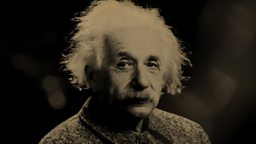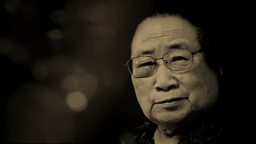Marie Curie
| Fact title | Fact data |
|---|---|
| Lived: |
1867-1934
|
| Born: |
Warsaw, Poland
|
| Known for: |
Physicist and chemist who discovered radium and polonium
|
Initially refused a scientific education as a woman, Marie Curie’s research illuminated radiation for the world
I was taught that the way of progress was neither swift nor easy.
1. As a woman she was forced to study in secret
Though a top student at school, Curie was not allowed to attend the men-only University of Warsaw in her hometown; nor was there an alternative place for women to learn. Instead she managed to continue her education through a series of secret, informal classes before moving to Paris. Even now she remains just one of three women to win the Nobel Prize for physics.
2. She joined the dots
After Wilhelm Roentgen discovered X-Rays in 1895 and Henri Becquerel realised elements like uranium also gave off rays a few months later, Curie made the link and coined the term ‘radioactivity’. Her research with her husband Pierre led to the discovery of two previously unknown elements: polonium and radium.
3. She overcame both personal and global tragedy
In 1906 Pierre Curie was killed in a traffic accident, leading Marie to continue their research. She took over his teaching post at Paris’ Sorbonne University and in 1914 founded the Radium Institute to find medical applications for radioactivity. An early effort came during the First World War, when Curie bought and operated portable X-ray machines to help treat wounded soldiers on the frontline. Such was Curie’s commitment to her research that her death in 1934 of aplastic anaemia was caused by exposure to radiation.
-
![]() SCIENTISTS WINNER
SCIENTISTS WINNER
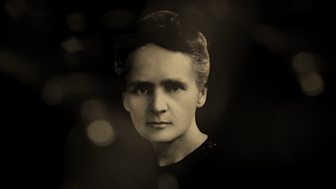


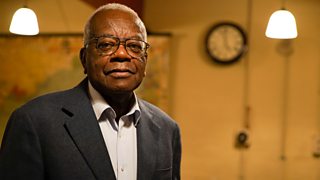

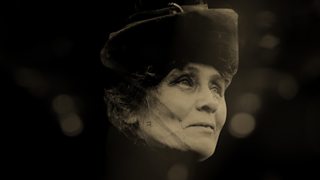
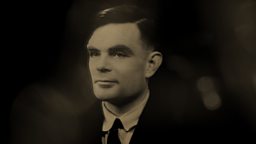 SCIENTISTS WINNER
SCIENTISTS WINNER

